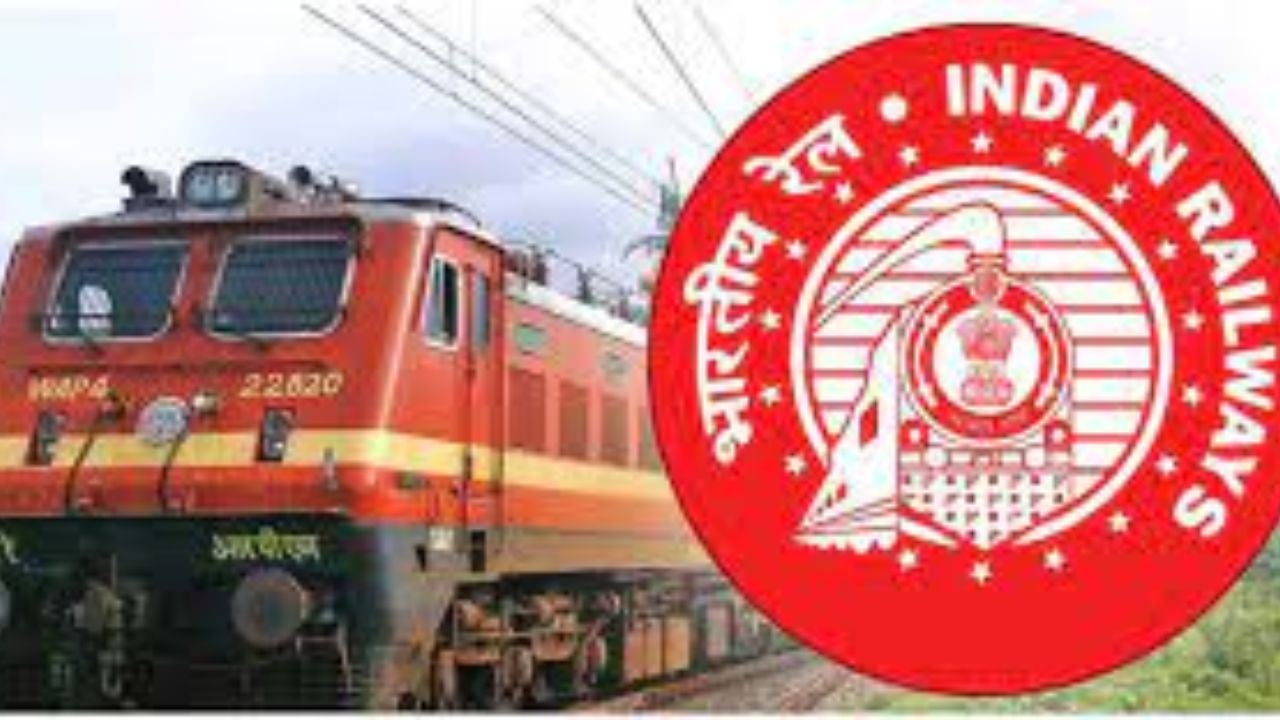Indian Railways: History, Important Facts and Latest News
Indian Railways is a state body of the Indian National Railway system under the ownership of the Government of India and the Ministry of Railways.

Introduction of Indian Railways
Indian Railways covers more than 7000 suburban stations in India with all trains and more than 14000 passengers daily travel in Indian Railway Trains.
History of Indian Railways
Indian Railway was founded in 1832 in Madras, India. Indian Railway’s first passenger train ran from Bori Wali to Thane on 16 April 1853. with 413 carriages and 400 passengers.
This was built by the great Indian Peninsular Railway GIP company and East India Company.
The career of Indian Railways
After the success of the first train, in 1854 and 1856 Indian railway networks were introduced to Eastern and Southern parts of India.
In 1860 Delhi Kolkata Lane was made and in 1867 Allahabad Jabalpur line.
This is how in 1869 more than 6000 meals of Indian Railway network lines were made
Indian Railways got the benefit of funding in early times because the British government passed a 5% interest rate benefit to the investors in railways.
The development of Indian Railways at the time was very slow in India. In 1869 the Government of India decided to build the Indian Railway as a state Enterprise. From 1880 Indian Railway was built by private and state agencies.
- The Indian Railway was established to seek the interest of British imperialism.
- Indian Railways were developed to link the raw materials producing interiors of India to the export ports.
- The Indian Railway played an important role during the integration of Indian nationalism.
In 1900 Indian Railway became the first state-owned company. In 1901 Indian Railway started making a profit.
In 1923 East Indian Railways and GIPR were Nationalized. In 1924 the Indian Railway budget was separated from the general budget of the government. In 1925 Indian Railway received its first dividend also later in 1925 for electric trains that ran from Bombay to Kurla.
From 1929 beginning Indian Railway covered a total length of 66000 km with 620 million passengers and 90 million good careers every year. In 1947 after the departure of the British from India it was divided into two parts affecting the Indian railway network system.
In 2002 Indian Railway started booking its ticket by the user through online portals. In 2002 Indian Railway Metro trains started running in Delhi, In 2011 Bangalore, in 2013 Gur, ga, on in 2014 Mumbai.
Also following the 21st-century digital parameters Indian Railway acquired Wi-Fi systems and enabled Wi-Fi to more than 6000 stations.
In 2016 India’s first semi-high high-speed Gateman Express was also in grade.
In 2019 India introduced its first semi-high-speed Indian engine-less train Wande Bharat Train.
